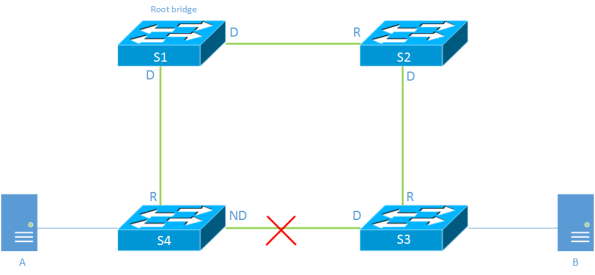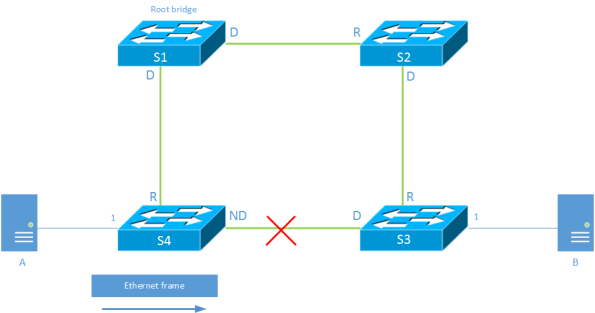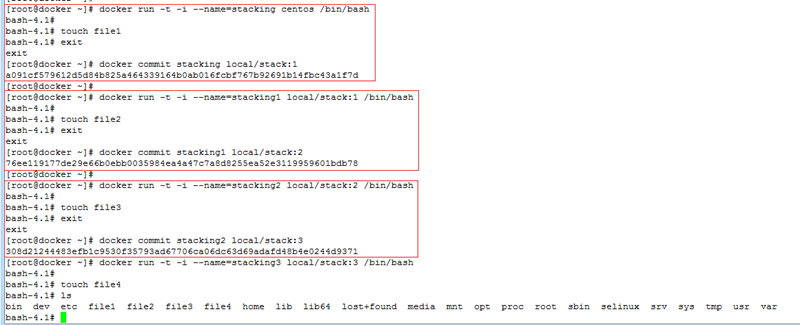Response: WAN Optimization Market Declines 12 Percent Sequentially Indicating Softening Demand
The WAN Optimisation market shrank by 12% in Q1. Predictable and unsurprising since WanOp is a enhancing technology that only sells when the market is quiet and stable. Managing WanOp complexity is a problem no one wants.
The post Response: WAN Optimization Market Declines 12 Percent Sequentially Indicating Softening Demand appeared first on EtherealMind.





